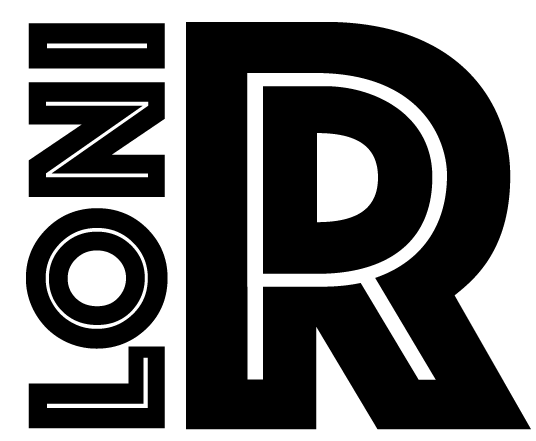Starting Point: Farthest anterior high contrast point visible in the side object view
Direction: Anterior to Posterior
Ending Point: Temporal-Occipital Notch or insular gyrus if it ends more anterior than the temporo-occipital notch, or end of sulcus intersecting at anterior occipital sulcus.
Notes: Sulcus usually moves into parietal lobe, not occipital. The inferior view of the Inferior Temporal is not much help. It should never exit temporal lobe at inferior surface. Inferior should never finish higher up than Superior or cross it. When you lose the end of the sulcus on the surface view, jump to the closest available sulcus that you can identify as that sulcus without exiting to the bottom of the brain. Note, in this case, you must be able to see the inferior temporal sulcus below your line, or you might be exiting the bottom of the brain. If you hit any intersection that requires you to move back in the anterior direction, stop. It is often necessary to jump a large, ambiguous area to get back to the sulcus.



